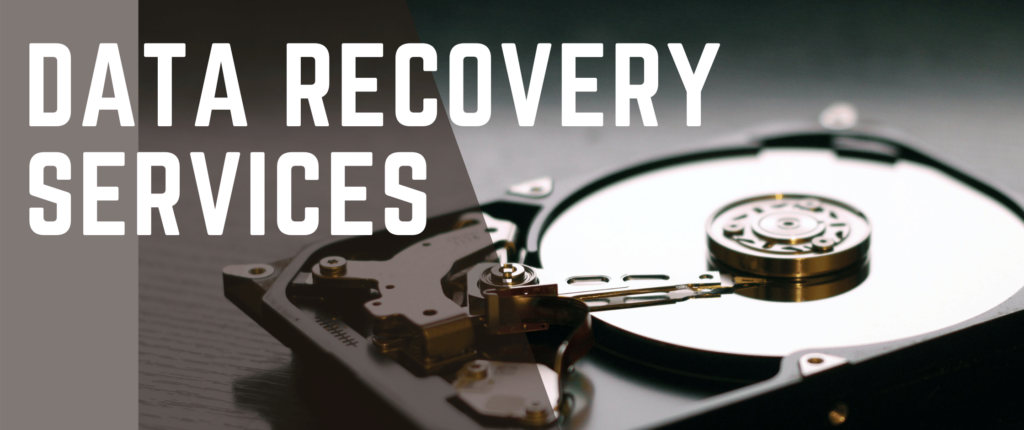Sprinkler Systems – Landscaping and Fences Can Provide Challenges Irrigation Installers Can Overcome
Sprinkler Systems – Landscaping and Fences Can Provide Challenges Irrigation Installers Can Overcome
Proper planning is a good start to saving time and money. Preparation and planning a lawn irrigation system and landscape design in the right order can save a lot of headaches. Without a good plan, continuous revising and reworking a layout can increase the costs substantially.
For the home owner considering installing a sprinkler system, installation of all the landscaping elements, plants, and fencing first is strongly recommended. There are several reasons for landscaping being the first step. Often landscapes can alter the drainage, reduce the area requiring irrigation, and actually block certain areas.
One of the first landscaping components to be installed, or at least marked out, is the fencing. While a chain link or wire fence will probably not interfere with any sprinkler spray pattern, the same can not be said of a six foot privacy fence or even a picket fence. Many times a home owner will install a fence after the sprinkler system without being aware that the fence is preventing the lawn from receiving the much needed water.
While one or two sprinkler heads can be relocated with some effort in order to accommodate the above scenario, many times the water coverage will still be insufficient. Depending upon the type of water source, adding several sprinkler heads to an already established layout can reduce the efficiency and water pressure thereby reducing the effectiveness of the entire sprinkler system.
The next order of importance is installing the larger shrubs and bushes. These elements can also block a sprinkler spray pattern, if not at the time of installation then after the plant has matured. A good irrigation designer will take into account the future growth pattern and size of the landscaping. Blocking a sprinkler head with bushes not only prevents the lawn from the necessary water, it can also cause injury to the bush by blasting a stream of water into it.
Some residential and commercial irrigation systems already installed are supplied by municipal water sources. A qualified irrigation installer can usually switch this to a well source almost always allowing the home owner to save money on monthly utilities. The cost of the well can range from $1300 to several thousand depending on the region and the type of ground material. Sandy soils are much easier to drill down into than a granite subsurface and therefore less expensive.
Even though there are various models of pumps with different horsepower ratings available, should the property size be on the larger square footage, more than one pump and well may be necessary. Multiple pumps may be able to run off of a single well, but should drought conditions occur and the water table dip near or below the depth of the well bottom, the well will be useless. Damage may befall the pumps as well.
It is always advisable to obtain multiple estimates from a few different irrigation specialists. Asking a lot of questions to each installer will be able to give the home owner a fair idea of the competency and allow the customer to compare one companies services with another. Just because one company undercuts another by a wide margin on price does not mean better quality. Trust in the idiom “you get what you pay for”.







